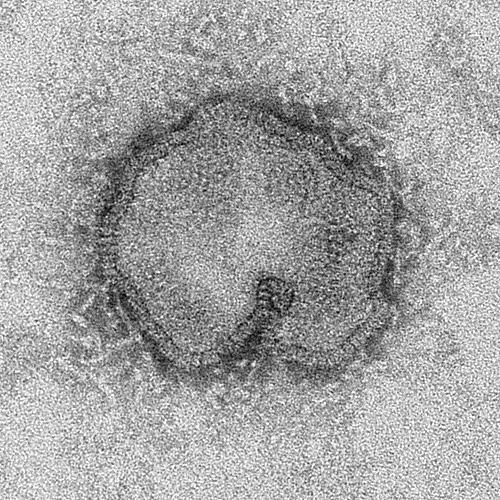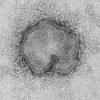The US Centers for Disease Control and Prevention (CDC) recently modified its advice for testing patients for suspected novel H7N9 influenza infections, suggesting that clinicians test only patients who have illnesses that require hospitalization.
The CDC notified health providers of its recommendation change in a Jun 7 Health Alert Network (HAN) update. The CDC said it based the change on the most current epidemiology of the H7N9 cases in China, which so far indicates most infections in humans are severe and that instances of milder diseases are rare.
The latest alert to clinicians was preceded by the release of three new CDC guidance documents: H7N9 case definitions, specimen collection and processing, and risk assessment and handling recommendations for labs working with the virus.
The CDC now recommends that clinicians test patients with a compatible travel history—to areas where H7N9 has been known to circulate in humans or animals—or exposure history, such as close contact with someone who was sick with an H7N9 infection.
In an early-April recommendation soon after the first cases emerged in China, the CDC said all people with exposure history and flulike illness should be tested for the H7N9 virus, regardless of illness severity.
Clinicians should be vigilant for H7N9 in people who have exposure history, but testing should be reserved for those with severe cases, the agency said. The CDC also asked clinicians to report only confirmed and probable H7N9 cases to the agency.
So far, no H7N9 cases have been detected in the United States, despite testing more than 60 patients with respiratory symptoms who had recently traveled to China, the CDC said.
In the latest update on the outbreak, Chinese health officials said only 14 patients remain hospitalized for their H7N9 infections, Xinhua, China's state news agency reported yesterday. Officials said the number of infections held steady at 131, with 39 deaths, according to the report.
The fatality number appears to reflect two more deaths from the disease, but there were no details about the patients' ages or locations.
The overall case count is 132 infections, which includes a man from Taiwan who got sick after traveling for work to China's outbreak area. No new H7N9 cases have been reported in China since May 29, when a boy from Beijing was found during surveillance to be infected.
See also:
Jun 7 CDC HAN statement
Jun 7 CIDRAP News story "WHO, CDC issue new H7N9 assessments and guidance"
Jun 9 Xinhua story




















